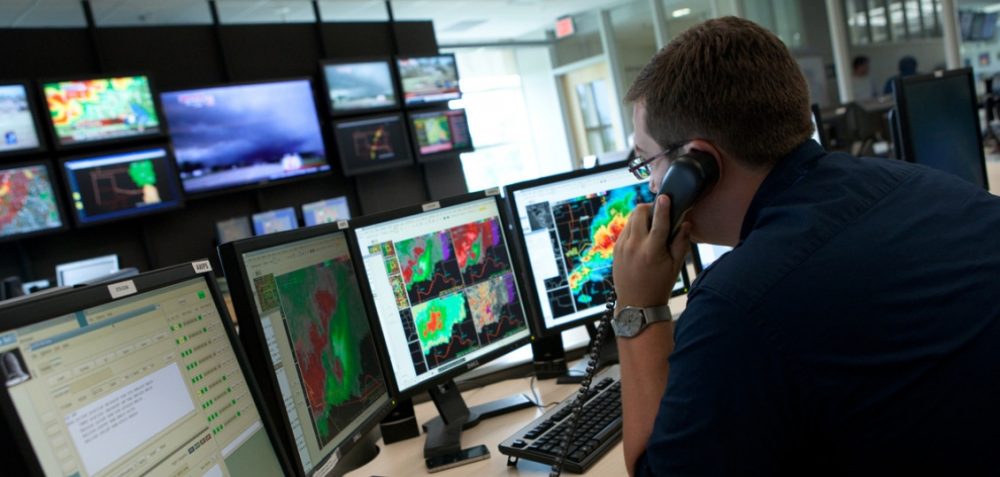Preparation Taking the National Spotlight
First in a series of blogs about the value of preparedness The Federal Emergency Management Agency (FEMA) and the National Oceanic Atmospheric Administration (NOAA) have designated March 3-9, 2013, as National Severe Weather Preparedness Week. I think this is a great idea. Here at CDP we believe that planning and preparing for disasters is one […]
First in a series of blogs about the value of preparedness
The Federal Emergency Management Agency (FEMA) and the National Oceanic Atmospheric Administration (NOAA) have designated March 3-9, 2013, as National Severe Weather Preparedness Week.
I think this is a great idea. Here at CDP we believe that planning and preparing for disasters is one of the best steps one can take for surviving and recovering from a natural disaster. Resilience starts with preparing. The outpouring of charitable contributions from donors big and small to Sandy disaster relief efforts reminded us again about how generous Americans can be to relief efforts immediately after disaster strikes. Part of our efforts at CDP are to remind donors that the full arc of disaster philanthropy needs to include planning and preparing well before disaster strikes.
FEMA and NOAA report that just last year, there were more than 450 weather-related fatalities and nearly 2,600 injuries. Tornadoes struck approximately 46 states, caused over $1.6 billion in damage and nearly 70 fatalities. There were more than 935 tornadoes in 2012, with 206 in April alone. While April and May are peak months, tornadoes happen all year round. Building a “weather-ready” nation requires that every individual and community take action because severe weather knows no boundaries.
FEMA and NOAA offer the following preparedness tips:
- Know Your Risk: The first step to becoming weather-ready is to understand the type of hazardous weather that can affect where you live and work, and how the weather could impact you and your family. Every state in the United States has experienced tornadoes and severe weather, so everyone is exposed to some degree of risk.
- Check the weather forecast regularly and visit ready.gov/severe-weather to learn more about how to be better prepared and how you can protect your family during emergencies.
- Pledge and Take Action: Take the Pledge to Prepare at ready.gov/severe-weather. This is the first step to making sure that you and your family are prepared for severe weather. This includes filling out your family communications plan that you can email to yourself, putting an emergency kit together, keeping important papers and valuables in a safe place, and getting involved.
- Obtain a NOAA Weather Radio, and check to see if your cell phone is equipped to receive Wireless Emergency Alerts and sign up for localized alerts from emergency management officials. Stay informed by having multiple sources for weather alerts – NOAA Weather Radio, Weather.gov, and Wireless Emergency Alerts. Subscribe to receive alerts at www.weather.gov/subscribe.
- Be an Example: Once you have taken action and pledged to be prepared, share your story with your family and friends. Create a video and post on a video sharing site; post your story on Facebook, LinkedIn, Twitter, comment on a blog, or share through any other social media site.
Information on the different types of severe weather such as tornadoes, severe thunderstorms and flooding is available at www.weather.gov and ready.gov/severe-weather or the Spanish-language web site www.listo.gov.
More like this

What the Government Shutdown Really Means to Disasters

